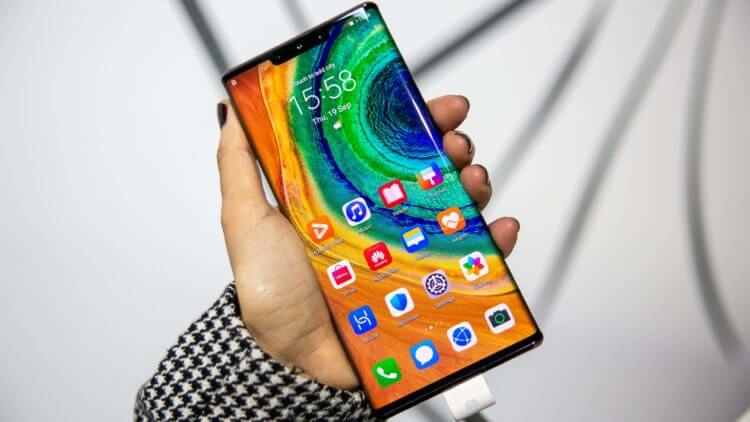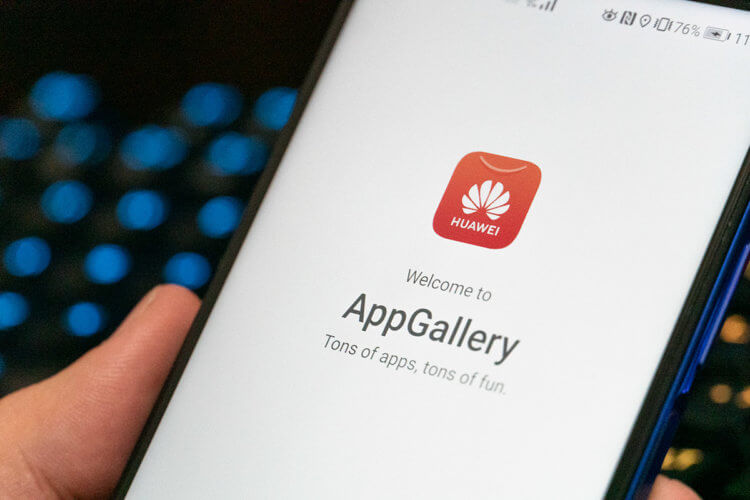Since the Huawei banned the use of Google services, the Chinese are trying in every possible way to minimize the losses incurred because of this. First Huawei undertook to re-release existing smartphones under new names and with more advanced hardware. This allowed her to continue installing Google Play Services on them, because according to the documents, these were not new devices, but old ones, which are not subject to US sanctions. Nevertheless, very quickly it became clear that it would not be possible to travel for an infinitely long time and that something had to be done for the future.

Huawei is developing its app store, making it look like Google Play
The primary goal Huawei was to create a competitive app store. Despite the fact that she already had an AppGallery catalog, it had to be filled with software so that it would become interesting not only for the Chinese audience, for which it was originally created, but also for everyone else. It was a difficult task, but Huawei, I must give it its due, coped with it pretty well and expanded the AppGallery assortment so much that it could even be used in Russia. And to make it really cool, the Chinese decided to allow owners of branded smartphones to run applications for Android without installing.
How to run applications without installation

Quick Apps is only available in AppGallery
The mechanism that allows applications to be launched without pre-installation is called Quick Apps and, in fact, is analogous to Instant Apps from Google. Therefore, the restrictions by which they are connected are approximately the same. Due to the fact that the software cannot save all its files in the device's memory, its functionality will be incomplete. As a result, if you try to start the game without installing, most likely, you will only have access to the first couple of levels, and to continue you will have to perform a full installation.
However, Huawei assures that with Quick Apps users will be able to save space when using heavy, resource-intensive applications. It turns out that most of the functions of the software installed in this way will still be preserved, although this has yet to be verified. But if the Chinese really allow most of the features of the AppGallery apps without installing them, it will be a breakthrough.
How Quick Apps works
While it is argued that the Quick App does not require an app to be installed in principle, this is actually not the case. In order for a game or program to start, it is necessary that a small data packet is still downloaded to the device. However, its volume most often does not exceed 3% of the total weight of the application that the user wants to try out. This is, firstly, a great way to save available space if there is not much of it, and, secondly, it is very convenient as an advanced demo mode. Quick Apps are activated by clicking on a separate button located in the interface next to the download button.
Right now, the Quick Apps engine is only available on the Huawei Mate 30 and Mate 30 Pro because they really need it. The fact is that these are the only smartphones of the company that are initially incompatible with Google services, and therefore their owners have to make do with their own services Huawei, which in many ways do not reach the solution of the search giant. However, there is a hope that very soon the Chinese will deploy Huawei Mobile Services among all users and then we will all be able to experience Quick Apps in real conditions without any problems.
